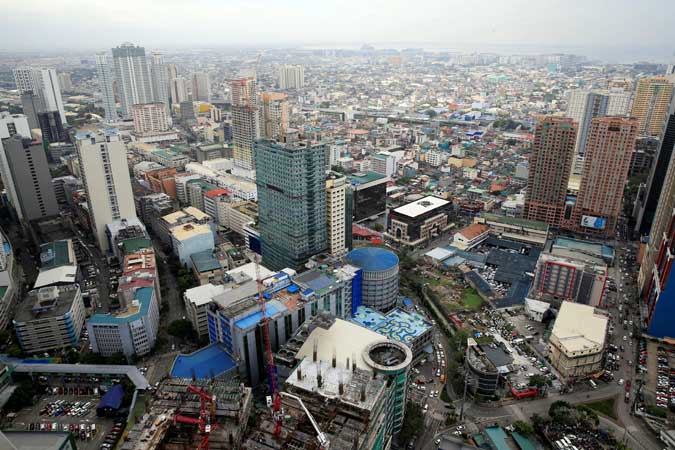THE Securities and Exchange Commission (SEC) found that the securities sector faced a “medium” risk for money laundering (ML) and terrorist financing (TF), after conducting an overall risk assessment.
The risk rating is based on the 2021 Sectoral Risk Assessment for the Securities Sector, which the SEC conducted with support from the Asian Development Bank.
“It was designed to identify the main criminal offenses and related threats currently being faced by the securities sector, the sector’s vulnerabilities most likely to be exploited for ML/TF purposes, and the potential impact or harm that ML/TF activities and other financial crimes in the sector may cause,” the SEC said in a statement.
The report covered 304 brokers, dealers, investment houses, underwriters of securities, government securities eligible dealers (GSEDs), investment company advisers, mutual fund distributors and investment companies supervised by the SEC.
Money laundering and terrorist financing threats may cause “a diminished level of market integrity” and an adverse impact on earnings and revenue across the sector, the regulator said.
The overall money laundering criminal threat for the securities sector is “medium,” although investment houses and underwriters face a “medium-high” risk. Investment company advisers, mutual fund distributors and investment companies see a “medium-low” risk, while brokers and dealers face “medium” risk and GSEDs with “low” risk.
“The sector attracts various criminal threats, with moderate level of sophisticated tactics and methods to commit offenses. The cheap availability of internet access, increasing functionality of mobile phones, and technological advancements that speed up transactions, while admittedly contributing to the ease of doing business and financial inclusion, nonetheless provide criminals with tools to escape detection or to hide the proceeds of their illegal activities,” the SEC said.
Covered individuals submitted 744 suspicious transaction reports (STRs) worth P11.5 billion to the Anti-Money Laundering Council from 2017 to 2019.
Around 4.9% of the reports were related to plunder, 2.5% to graft and corruption, 0.9% were related to drug trafficking, and 0.6% were linked to fraudulent practices and other violations of the Securities Regulations Code.
“Majority of the transactions were suspected to have been facilitated for the commission of the predicate crimes within the Philippines, while five transactions were suspected to have been committed in China,” the SEC said.
The report also showed the securities sector has a medium to low terrorist financing risk, there were a small number of related reports to the AMLC.
However, the sector has a medium vulnerability rating, as the SEC noted “a significant number of factors” that might make the sector exposed to criminal abuse.
“For instance, brokers or dealers have to deal with high liquidity and the speed at which trades can be made without suspicion, making the sub-sector vulnerable to ML,” it said.
“Investment houses, which had an overall vulnerability of medium to low, showed significant transactional volume and value. The involvement of legal entities in the STRs filed by investment houses and underwriters of securities indicates the vulnerability of the sub-sector for being abused for crime by such entities.”
Investment company advisers, mutual fund distributors, and investment companies were given a medium risk vulnerability rating, but the SEC found a declining trend in the number of STRs filed with the AMLC. The SEC said this suggests “a need to strengthen its reporting mechanisms.”
Meanwhile, the vulnerability risk for GESDs is low due to banks’ internal audit units and periodic examinations by the Bangko Sentral ng Pilipinas (BSP).
The SEC plans to develop regular reporting mechanisms and processes to collect information on the securities sector on top of providing the guidelines and educational activities on anti-money laundering/combating the financing of terrorism (AML/CFT).
“The commission will also take steps to effectively implement [AML/CFT] risk-based supervisory model through regular off-site and on-site inspections,” the SEC said.
It said it will work with the AMLC and the BSP to ensure AML/CFT supervision. — Keren Concepcion C. Valmonte

